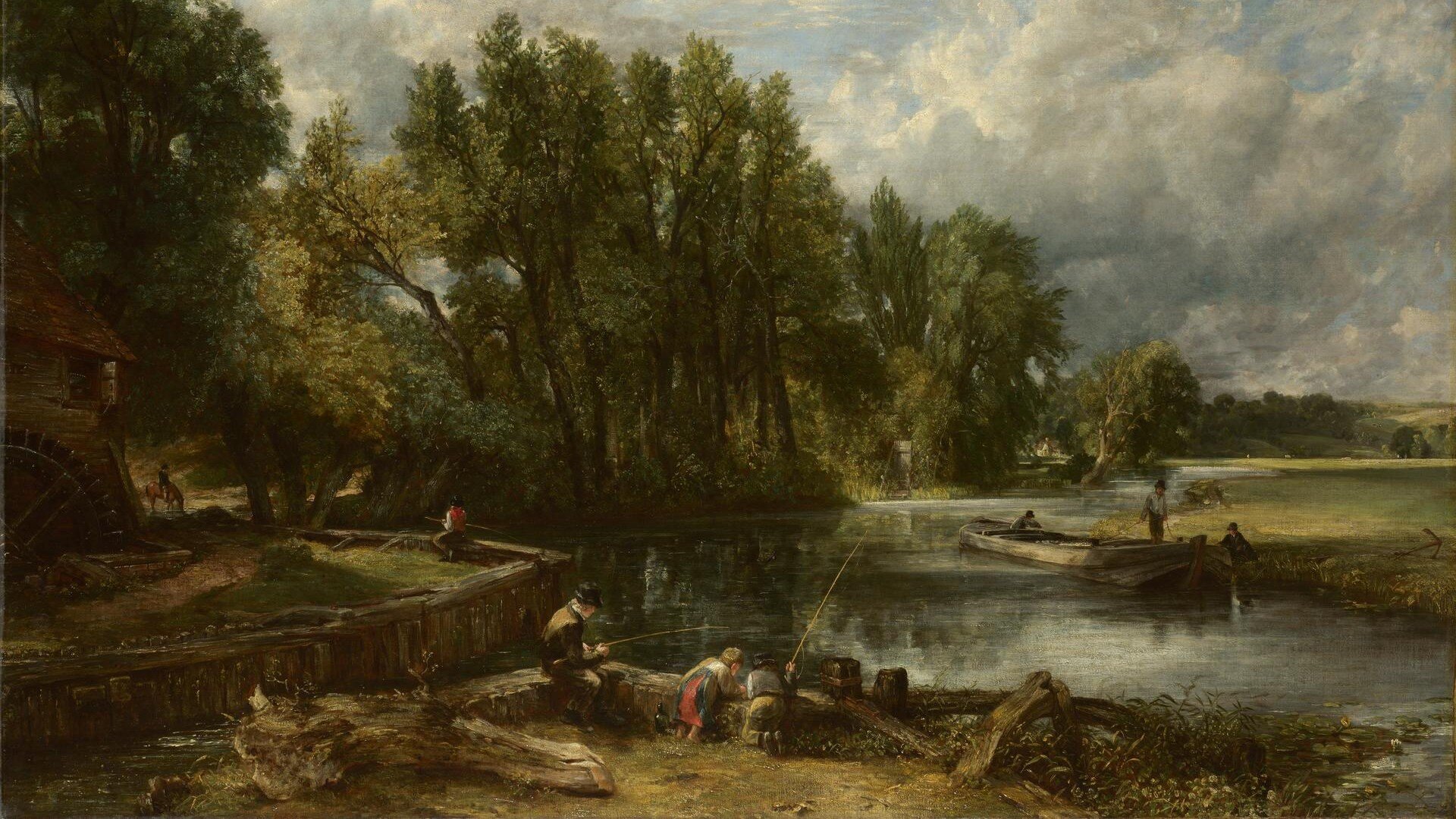Fishing
Cumberland Valley, Pennsylvania, where Whistlestop Bookshop is situated, is generously watered and drained by creeks renowned for their fishing. Conodoguinet Creek, which flows about 100 miles to the Susquehanna River and is nearest to Carlisle, is actually better known for the fishing in its two tributaries, Big Spring Creek out of the Newville area (only 5 miles) and Letort Spring Run, which arises south of Carlisle and flows north 9 miles to the Conodoguinet. The Yellow Breeches Creek, which flows along South Mountain for 56 miles to the Susquehanna, is internationally famous for its trout fishing.
Naturally, a trout-fishing and especially a fly-fishing culture has developed, sometimes thought to be mostly local, sometimes acknowledged to be of world interest — the world that loves the quiet and focus and solitary rewards of fly-fishing. Rarely, the local zen masters of fishing wrote books. Charlie Fox was once a customer of Whistlestop, and Joe Humphreys is still in print and in fact the subject of a documentary we carry. Fishing does inspire fine writing, after all — the names of Izaak Walton, Norman MacLean, Thomas McGuane, Patrick McManus, John Gierach suggest the range of approaches in writing about “standing in a river waving a stick,” to use Gierach’s famous descripton.
Dedicated to the memory of a great fisherman and an even better brother, Gordon Wood (1956-2020).
The Compleat Angler
The Compleat Angler
'I envy no body but him, and him only, that catches more fish than I do.'
A unique celebration of the English countryside and the most famous book on angling ever published, Walton's Compleat Angler first appeared in 1653. In 1676, at Walton's invitation, his friend Charles Cotton contributed his pioneering exploration of fly-fishing. The book is both a manual of instruction and a vision of society in harmony with nature. It guides the novice fisherman on how to catch and cook a variety of fish, on how to select and prepare the best bait and make artificial flies, and on the habits of freshwater fish. It also promotes angling as a communal activity in which the bonds of friendship are forged through shared experience of the natural world.
Anecdotes, poetry, music, and song intersperse the rural descriptions, which promote conservation as well as sport. This new edition highlights the book's continuing relevance to our relationship with the environment, and explores the turbulent history from which it came.

